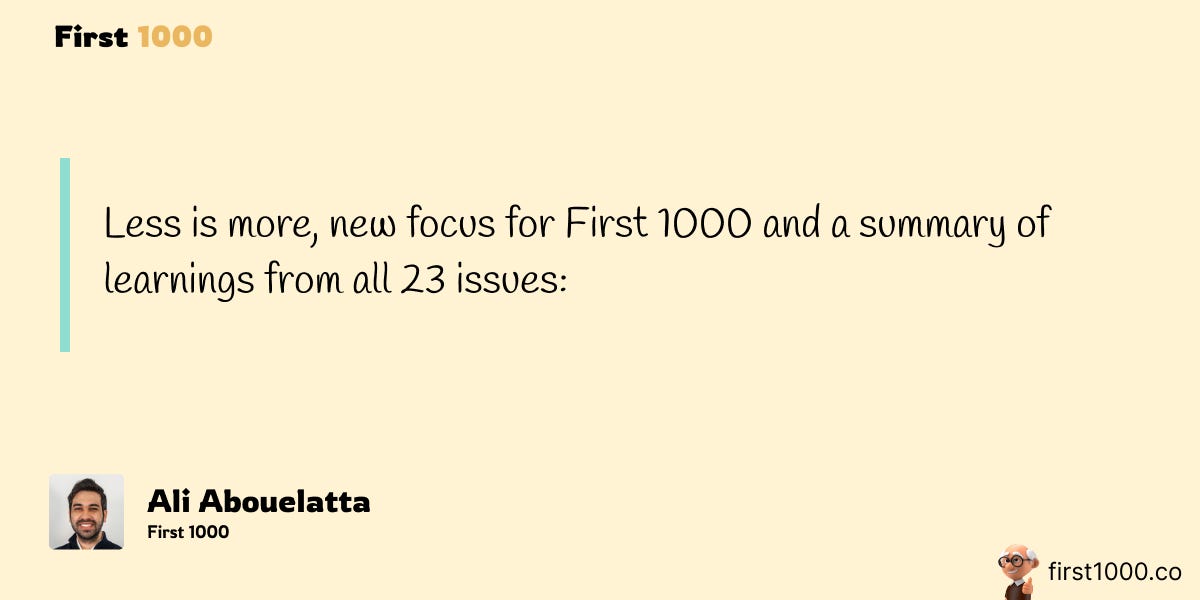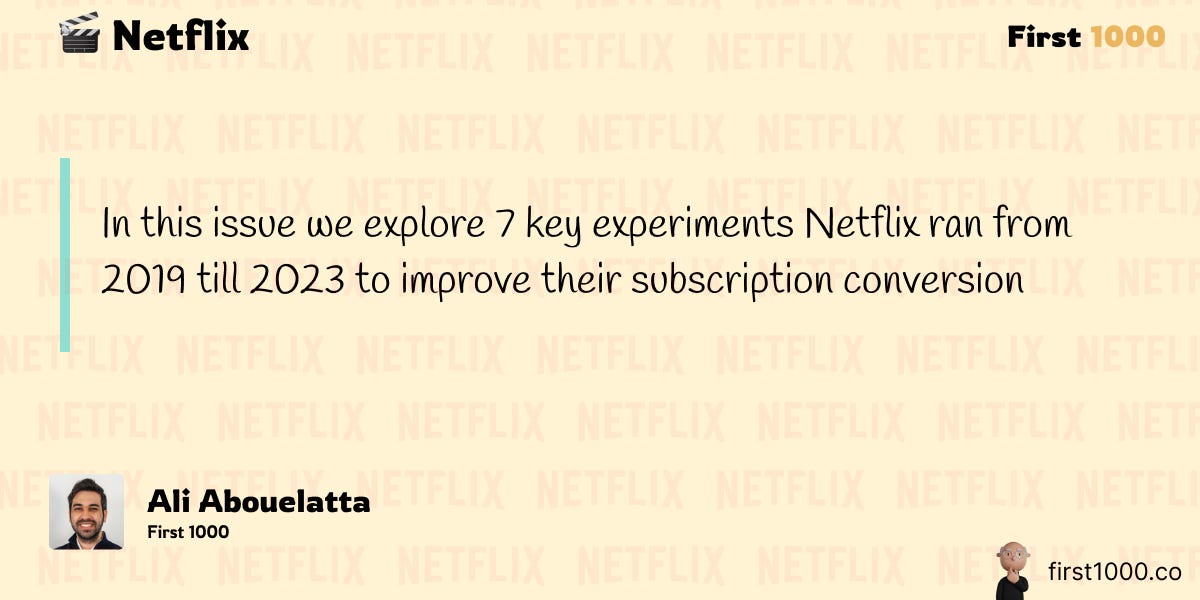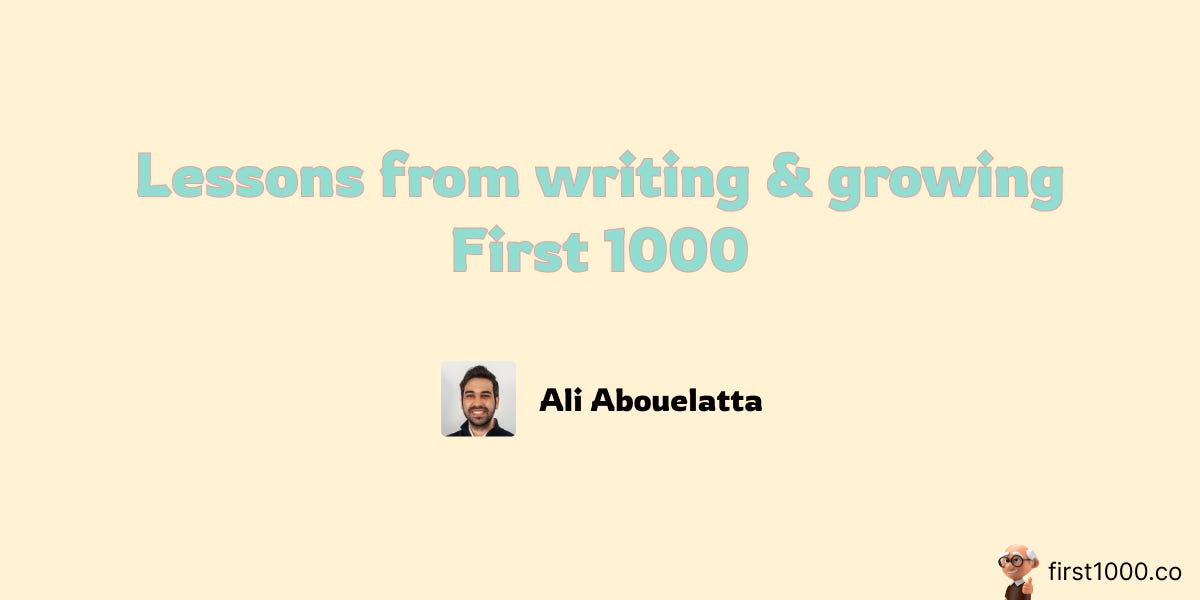- The Solo Founder Newsletter
- Posts
- 📰 Netflix
📰 Netflix
Test Everything!
This issue is sponsored by…
Learn from investing legends
Warren Buffett reads for 8 hours a day. What if you only have 5 minutes a day? Then, read Value Investor Daily. We scour the portfolios of top value investors and bring you all their best ideas.
📰 In today’s pick…
Why to Start a Startup in a Bad Economy
Snippets:
… The truth is more boring: the state of the economy doesn't matter much either way.
If we've learned one thing from funding so many startups, it's that they succeed or fail based on the qualities of the founders. The economy has some effect, certainly, but as a predictor of success it's rounding error compared to the founders.
Which means that what matters is who you are, not when you do it. If you're the right sort of person, you'll win even in a bad economy. And if you're not, a good economy won't save you. Someone who thinks "I better not start a startup now, because the economy is so bad" is making the same mistake as the people who thought during the Bubble "all I have to do is start a startup, and I'll be rich."
So if you want to improve your chances, you should think far more about who you can recruit as a cofounder than the state of the economy. And if you're worried about threats to the survival of your company, don't look for them in the news. Look in the mirror.
Paul Graham’s Essays
What I learned in 2023 (by Duolingo PM)
Snippets:
Monetization:
• Writing copy
◦ It is better to say 1 month than to say 30 days for a free trial
◦ Packaging features as exclusive to subscribers improve bookings
◦ Writing CTA copy for buying a consumer subscription
▪ For Free Trial eligible products: Use Start as a verb and mention Free (e.g., Start a free trial, Start free 7 days)
▪ For Free Trial ineligible products: Use 1-2 words and make it short (e.g., Subscribe, Continue, Subscribe now)
• Package Selection
◦ It is better to preselect the annual plan than the monthly plan, even if monthly is much more popular.
◦ For paywalls: Simple, direct, and functional >> creative and cute
• Pricing insights for consumer subscription products (source)
◦ Forever plans are priced at X2.8, the next highest tier
◦ Yearly plans are equivalent to 6 weeks or 10 months
◦ The most common price points are $4.99 (weekly), $9.99(monthly), and $59.99 (yearly)
◦ 67% off is the magic discount number
◦ Streaming platforms like monthly-only plans
◦ Quarterly and semi-annual plans are underutilized
• Free vs. Premium
◦ Comparison tables comparing free to paid are high ROI.
◦ Bigger numbers are not always better for stats like “premium members are X more likely to…”
Notes: This article is full of useful tidbits, concluded from a year of his experiments
First 1000
Netflix
Snippets:
Over the years, I have used the Internet Archive for research pieces on First 1000.
Today, I am using it differently.
I went back over the last year four years of Netflix's life to learn about experiments they ran to improve conversions.
The insights presented here are equally valuable and worth experimenting with, whether for a company looking to acquire its initial 1000 users or for a massive multi-billion dollar corporation. —
2019 vs 2023 Over the last 4 years, Netflix’s landing page underwent a series of changes. In this issue, I will focus on 7 experiments Netflix ran throughout that timeframe to arrive at where they did today.
First 1000
Things that matter for growing a newsletter
Snippets:
The most surprising realization was that optimizing subject lines and send times wasn't worthwhile. It consumed too much time and energy for little long-term gain.
The one exception is brevity. Brevity is critical when it comes to writing a newsletter. Shorter subject lines and concise content can increase open rates by about 20-30%. In general, it's better to communicate your point with fewer words.
The other big realization was that for long-term subscriber growth, almost nothing mattered except writing more consistently. But I don’t think this is because consistency is a magical formula for building an audience.
First 1000
How to Make an Advertisement: A 15-Step Guide
Snippets:
Knowing who I want to reach and how I’ll say it is only part of the battle of how to make an advertisement. Now, I need to know what I want out of the ad.
What is the goal of the ad? Ad goals usually fall into three categories:
Brand awareness. Product awareness. Conversions.
Brand awareness builds a sense of familiarity and positivity with your target audience. The goal is to build credibility for the long term so you can make a sale easier later on. For example, if you say Boeing, most consumers immediately think aircraft.
Product awareness and conversions are both product-focused instead of brand-focused. The main difference is that product awareness focuses on sales later, while conversions focus on making a sale now. For example, limited-time sales promos would be conversion-oriented.
Hubspot
How John Rush Grew His SaaS Business By 44% After Acquiring It
Snippets:
Shortly after the acquisition, things started going downhill. The platform was buggy and frequently inaccessible, and the downtime and poor performance led some users to cancel. The business, which was at $16,000 MRR at the time of the acquisition, quickly dropped to $14,000 MRR.
This issue was difficult to fix because the founder/seller had little experience with these types of platforms, and the code base proved to be an issue. “This is typical for indie maker projects,” John said. “They do everything on their own and often have average experience in every field.”
“He [the seller] worked for me after the acquisition, and I hired his former team,” John said. “But none of them had the skills to actually solve the problem.”
Eventually, John and his own developers solved the issues and improved the platform’s stability.
The removal of the seller from the business also contributed to the decline. As an indie maker, the seller’s personality was significantly tied to the business, and many customers felt connected to him personally. When he was no longer involved, some of those customers left.
John also wasn’t as proactive in growing the business. “The original founder was grinding every day promoting the product everywhere,” John said, “but when I bought it, I didn’t do that. I did pretty much nothing and hoped for organic growth.”
Flip My Site
This is the free edition of The Solo Founder Newsletter. If you haven’t upgraded, to sign up for the full newsletter experience, plus the monthly roundups and additional perks, click here





